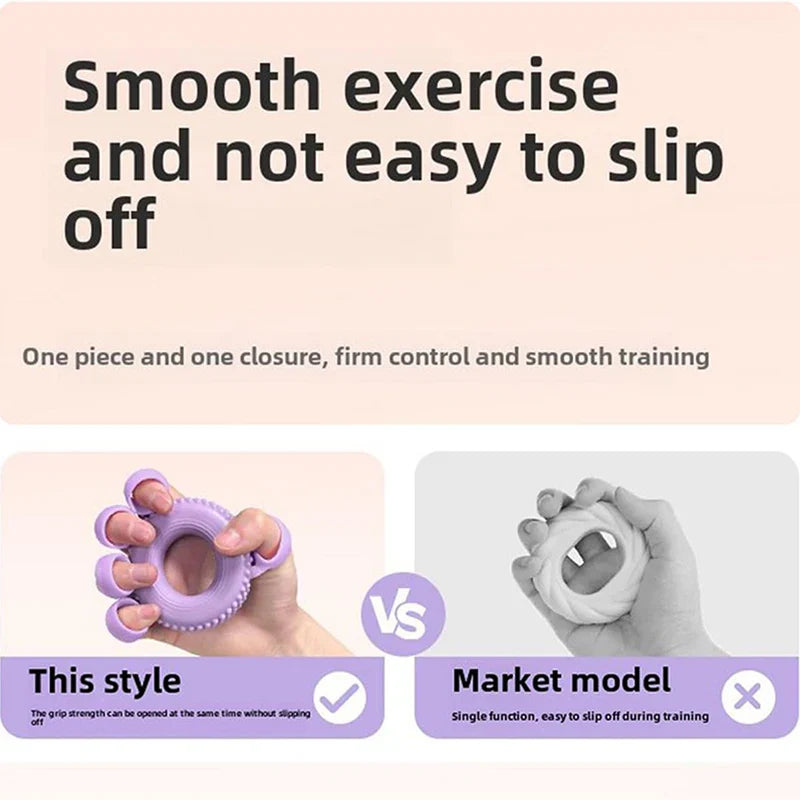If you suffer from arthritis, movements can seem risky. Joints are aching as stiffness develops, and exercise may appear to be more trouble than aid. But with the right tools for exercise, you can change that. This guide explains how Exercise Aids Can Support Arthritis Management, the types to look at, and the best ways to utilize these tools safely.
Why Exercise + Aids = Synergy for Arthritis Care
The thing is to remember that exercise is also a vital part of osteoarthritis as well as inflammatory arthritis management. It can be used to make joints stronger by making muscles stronger, and it can also increase flexibility and range of movement, reduce stiffness, and even manage weight. All of this helps ease the load on joints with arthritis,
What Types of Exercise Aids Help Most (and Why)
There are a variety of exercise aids that are suitable for arthritis sufferers!
1. Comfortable Handle Resistance Bands and Tubing.
Bands are comparatively low-impact; they are easy on the joints and can be varied in intensity. When using an arthritic wrist or hand, select a band with an ergonomic or cushioned handle to reduce the load on your grip.
2. Low-Impact Machines
High-impact load-limiting machines are marvelous. Examples:
-
Recumbent bikes are less stressful to the knees and hips, compared to upright bikes.
-
Elliptical trainers with adjustable resistance and different types of grips can assist you in finding the most comfortable positions.
-
The rowing machines offer a full-body exercise while spreading the load across more muscles.
3. Assistive Hand/Grip Devices and Grips
For those with arthritic hands, adjustable grips, built-up handles and spring-loaded hand tools permit you to make use of bands, light weights or everyday movement exercises with no strain on the fingers.
4. Aquatic or Water-Based Aids
The water reduces joint load due to buoyancy. Water therapy or aquatic aids can help you move less painfully, but also improve endurance and cardiovascular fitness.
5. Other Tools for Support: Braces, Stabilizers, Splints
In certain instances an abrasive light or a splint that you wear during exercise may assist in maintaining alignment, decrease any discomfort, and give joints the confidence to move.
Read more about the “thumb arthritis test” here!
How to Use Exercise Aids Safely & Effectively
The tools you have are just half the fight. Utilize them with care:
-
Consult with a professional first:
a physical or occupational therapist can help match the aid to your joints, motion limits, and goals. -
Start slow & low resistance:
avoid pushing into pain or flare levels. -
Focus on form over intensity:
Even a modest resistance done cleanly is more helpful than aggressive use with poor technique. -
Listen to your body:
if swelling or sharp pain increases, scale back, rest, and adapt. -
Use supports tactically:
maybe you use braces only during heavier sets or during particular movements. -
Progress thoughtfully:
as your strength and tolerance improve, gradually increase resistance, duration, or challenge. -
Supplement with flexibility & range-of-motion work:
aids support strength work, but don't replace gentle stretching and mobility.
Check out Arthritis tools here! And find the best according to your condition!
When Aids Is Not Enough (and What to Do)
Exercise aids are powerful, but they are part of a broader arthritis care plan. If you find that aids alone don't suffice:
-
Check your exercise routine (maybe you require different types or frequency)
-
In combination with anti-inflammatory medications, strategies, and joint protection education.
-
See a therapist for help to refine your movement patterns, as well as alignment and joint safety measures
-
Watch for red flags (new swelling, joint instability, sudden pain increases) that require medical review
The Bottom Line
"How exercise aids can support arthritis management" isn't an abstract concept. When used in the right way, the tools allow you to move better, less, and keep your flexibility and strength as time passes. They're not meant to replace your physician's treatment; however, they can provide a bridge between the desires and possibilities. At Arthritis Aid, our mission is to assist you in finding the best techniques and tools to ensure that arthritis can be managed without limiting your options!



























